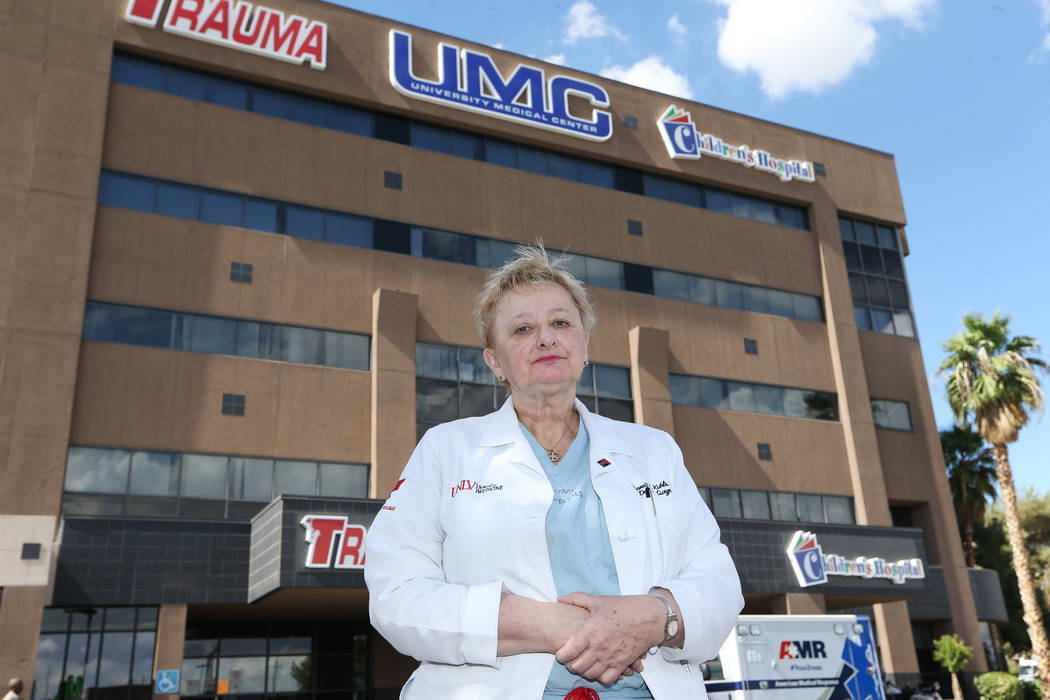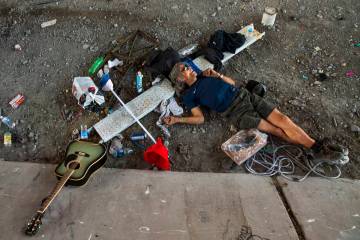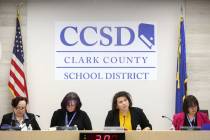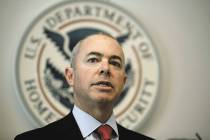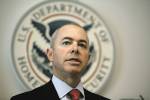EDITORIAL: Alert system weakness still uncorrected
It’s not possible to prevent every tragedy. There’s a responsibility, however, to learn from them. That’s why it’s so disappointing that state health officials still haven’t fixed a problem exposed during the chaotic aftermath of the Oct. 1 massacre.
For seven hours after that deadly shooting, University Medical Center, the only hospital in Nevada with a Level 1 trauma unit, worked under an internal disaster alert. That’s a computer alert hospitals can use to tell ambulances to take patients to other facilities. Hospitals are supposed to use it to tell ambulances that conditions are unsafe — for instance, when they lose power. Instead, they often use it to signal overcrowding.
As the Review-Journal’s Jessie Bekker reported, UMC’s improper use of the alert after the Oct. 1 shooting “apparently contributed to an erroneous radio dispatch to emergency responders stating the hospital was ‘completely out of beds,’ Clark County Fire Department and Metro police records show. While UMC officials contend they never ran short on space, the message remained uncorrected for about 15 minutes.” There were real-world consequences for this error. It likely led to at least two patients going to a nearby hospital that didn’t have a trauma center.
The obvious solution is to stop hospitals from using the internal disaster alert for anything other than emergencies. A fire in the emergency room qualifies. Being busy, especially during a mass casualty event, doesn’t. Unfortunately, Nevada’s Department of Health and Human Services, which has regulatory authority, has failed to act.
One positive change is that the internal disaster alert now turns off automatically after 90 minutes. If unsafe conditions remain, hospital personnel have to reissue the alert. But hospitals such as UMC can and frequently do use the emergency alert system to signal overcrowding. From January to August, UMC was under the internal disaster notification for 298 hours. That’s more than 5 percent of the time, the most in Southern Nevada. The good news is that’s a decrease from the previous year. UMC said it is adding capacity to make more space available for patients needing care. That’s a good step, but there’s no reason not to end erroneous uses of the emergency alert system as well. Perhaps the system needs a second alert that signals overcrowding but doesn’t tell ambulances to avoid it entirely during a disaster.
Gov. Brian Sandoval’s second term is quickly coming to an end, and this is an issue — with an obvious fix — he should resolve before leaving office. The governor must push the Department of Health and Human Services to make the necessary changes that would help avoid this type of confusion in the future.



